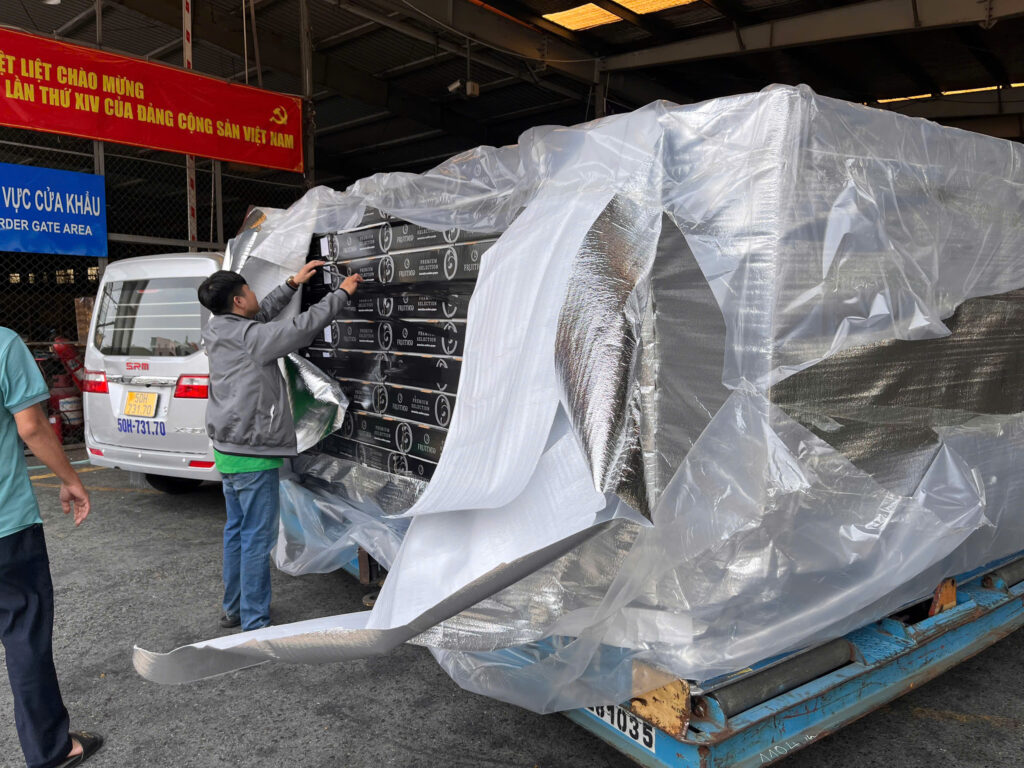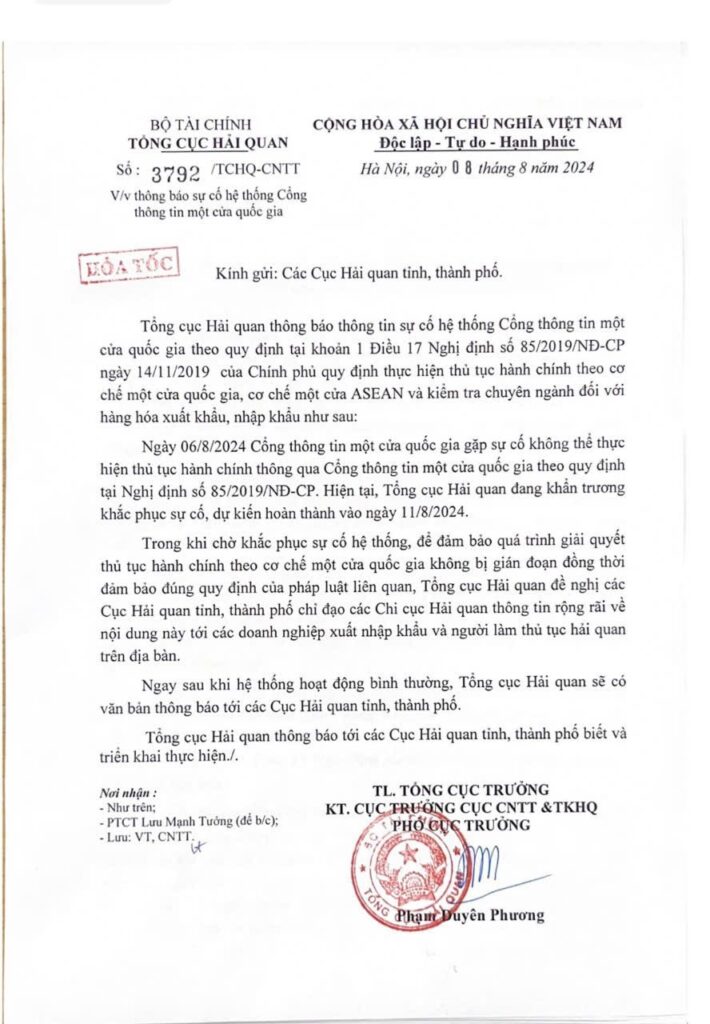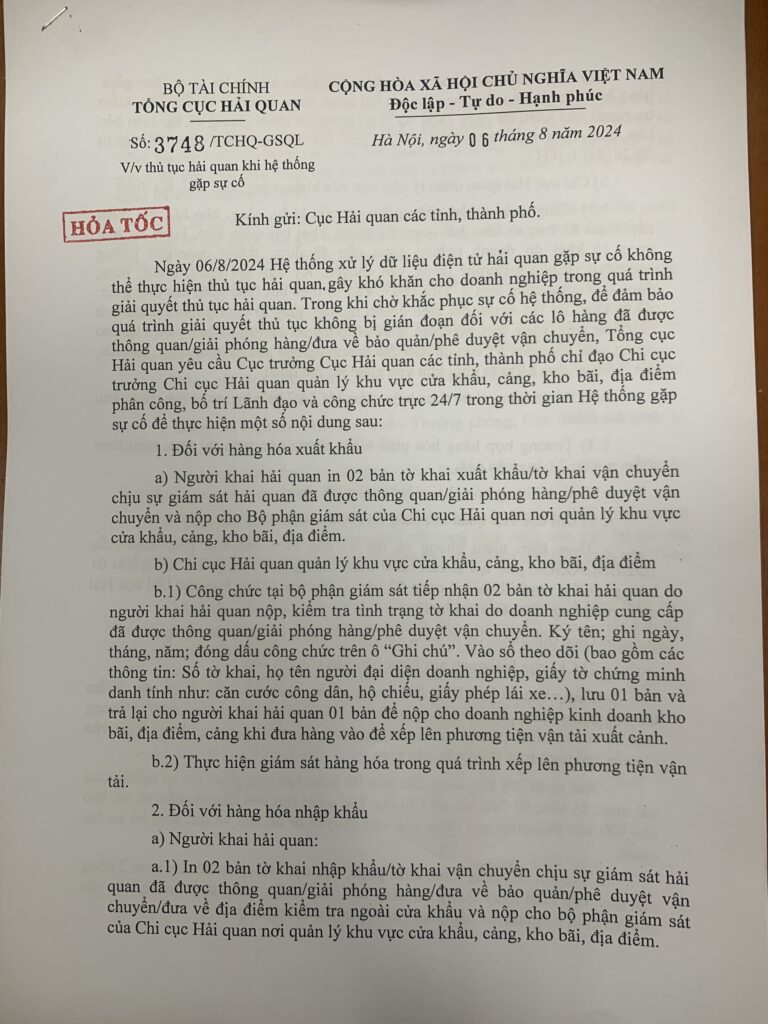How to classify a specific item 2024
Step 1: Determine the characteristics, composition, structure, physical and chemical properties, uses, packaging and other attributes of the item to determine the nature of the item and the name of the goods.
Step 2: Identify product groups related to the item
Step 3: Based on the general rules of the World Customs Organization for classification.
RULE 1
The names of Sections, Chapters or Subchapters are given for ease of reference only. To ensure legality, the classification of goods must be determined according to the content of each group and any notes to relevant Parts and Chapters and according to the rules below if such groups or Notes do not exist. Have any other requests?
RULE 2
(a) An item is classify included in a group of goods, then that item in its unfinished or incomplete form also belongs to that group, if it has the basic characteristics of that good when completed or finished. The same classification applies to goods that are complete or finished or have the basic characteristics of goods in complete or finished form (or are classified as finished or finished goods according to the content of the goods). this rule), but not assembled or disassembled.
(b) A material or substance is classified in a certain group, then a mixture or compound of that material or substance with other materials or substances also belongs to that group. Goods made entirely of a material or substance, or partly made of that material or substance, are classified in the same group. The classification of goods made of two or more types of materials or substances must follow Rule 3.
RULE 3
When, by application of Rule 2(b) or for any other reason, goods may prima facie be classified into two or more headings, they shall be classified as follows:
(a) The group with the most specific description will be given priority over the groups with a general description when classifying goods. However, when two or more headings each relate only to part of the materials or substances contained in the goods being mixtures or compounds, or to only part of the goods in the case of such goods in in sets put up for retail sale, these headings are to be deemed to be equally representative of the said goods, even if one of the headings gives a more complete or precise description of the goods. that goods.
(b) Mixed goods consisting of different materials or goods made from different components, and goods in sets for retail sale, if not classifiable in accordance with Rule 3 (a), then classify according to the materials or constituents that give them their essential characteristics, insofar as this criterion is applicable.
(c) When goods cannot be classified according to Rule 3 (a) or 3 (b) above, they shall be classified in the last group in numerical order among the equivalent groups considered.
RULE 4
Goods that cannot be classified in accordance with the above Rules shall be classified in the heading appropriate to the type of goods most similar to them.
RULE 5
The following regulations apply to the following goods:
(a) Camera cases, video recorder cases, musical instrument cases, gun cases, drawing instrument cases, personal belongings cases and similar cases, suitable or specially shaped for containing goods or A defined set of goods, which can be used over a long period of time and are included with the product when sold, are classified with these products. However, this principle does not apply to packaging that is inherently superior to the goods it contains;
(b) In addition to Rule 5 (a) above, the packaging containing the goods is classified with the goods when the packaging is of a type commonly used for that type of goods. However, this principle does not apply to packaging that is clearly suitable for repeated use.
RULE 6
To ensure legality, the classification of goods into subheadings of a group must be determined in accordance with the content of each subheading and the relevant subheading notes, and the above Rules with modifications. Change details as appropriate, under the condition that only subgroups at the same level can be compared. In accordance with these Rules, the relevant section and chapter notes also apply, unless the description in the subheading requires otherwise.





